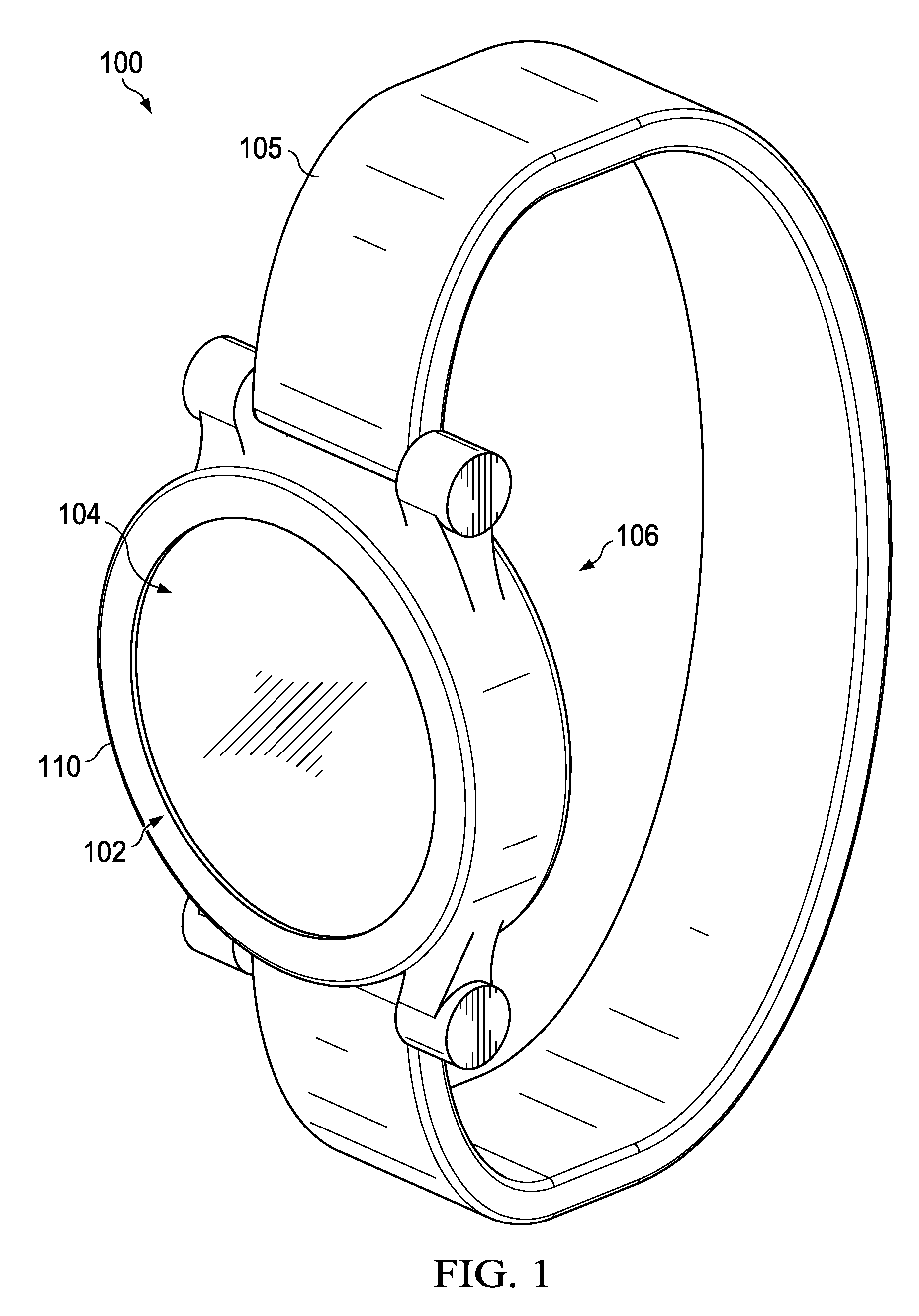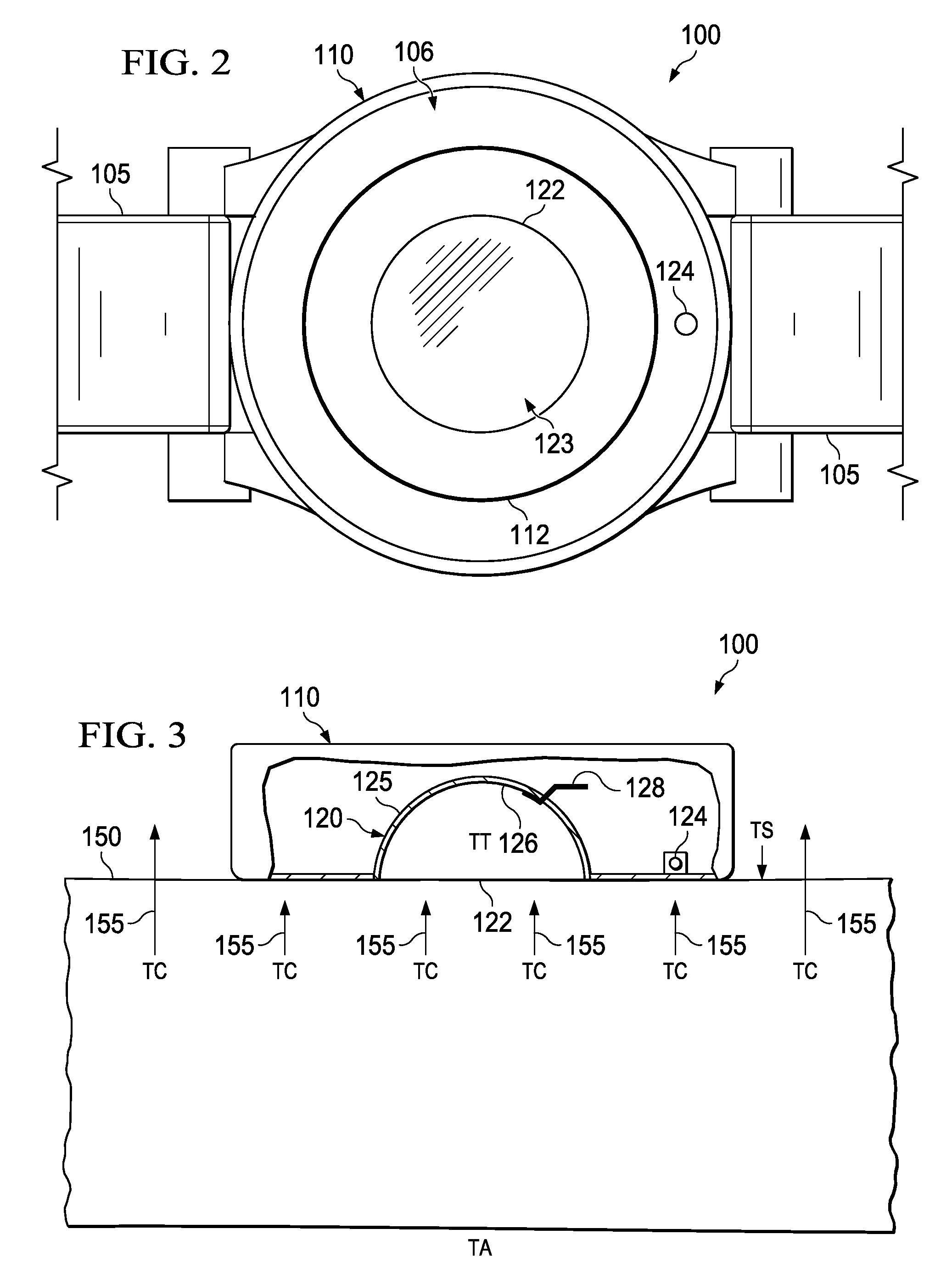Systems for detecting a febrile condition and reducing risks of spreading infection
a technology for detecting febrile conditions and reducing the risk of spreading infection, which is applied in the field of scanning, can solve the problems of individuals resisting such procedures, difficult to carry out such monitoring, and not being able to find the infected individual
- Summary
- Abstract
- Description
- Claims
- Application Information
AI Technical Summary
Benefits of technology
Problems solved by technology
Method used
Image
Examples
Embodiment Construction
[0020]The following detailed description provides a description of exemplary embodiments of the technology claimed here below to facilitate an understanding of the technology, but does not limit the scope of the technology claimed.
[0021]The term “exemplary” as applied to embodiments means “an example of.” The term “heat trap” means a structure that is designed to receive incoming thermal energy, trap that thermal energy and minimize losses of thermal energy from its structure. An exemplary embodiment described herein has a shell of a material that is resistant to thermal energy passing through it (i.e. it is a “thermally insulative” material, or a “low thermal conductivity” material) with an inner thermally reflective surface that may include a coating or lining of a heat reflective material.
[0022]As a preliminary matter, there are several factors that may, or ought, to be taken into account in making a determination about whether an individual is exhibiting a febrile condition. A k...
PUM
 Login to View More
Login to View More Abstract
Description
Claims
Application Information
 Login to View More
Login to View More - R&D
- Intellectual Property
- Life Sciences
- Materials
- Tech Scout
- Unparalleled Data Quality
- Higher Quality Content
- 60% Fewer Hallucinations
Browse by: Latest US Patents, China's latest patents, Technical Efficacy Thesaurus, Application Domain, Technology Topic, Popular Technical Reports.
© 2025 PatSnap. All rights reserved.Legal|Privacy policy|Modern Slavery Act Transparency Statement|Sitemap|About US| Contact US: help@patsnap.com



